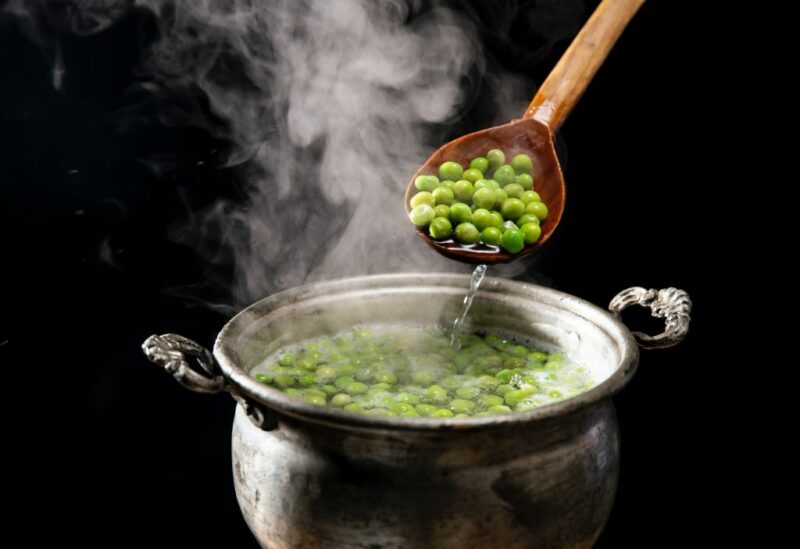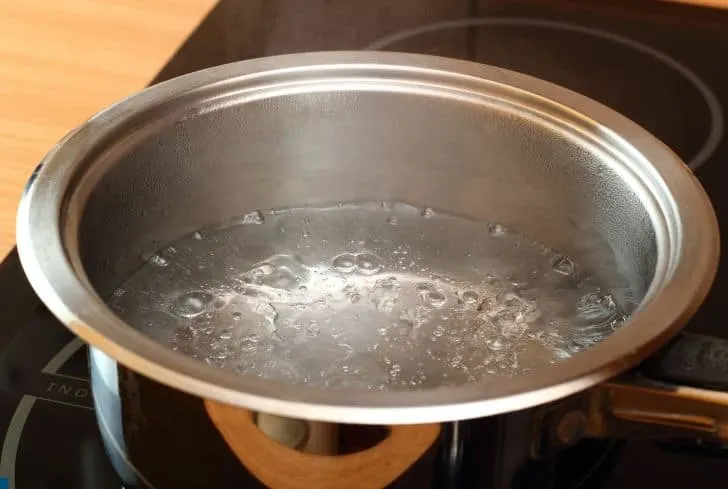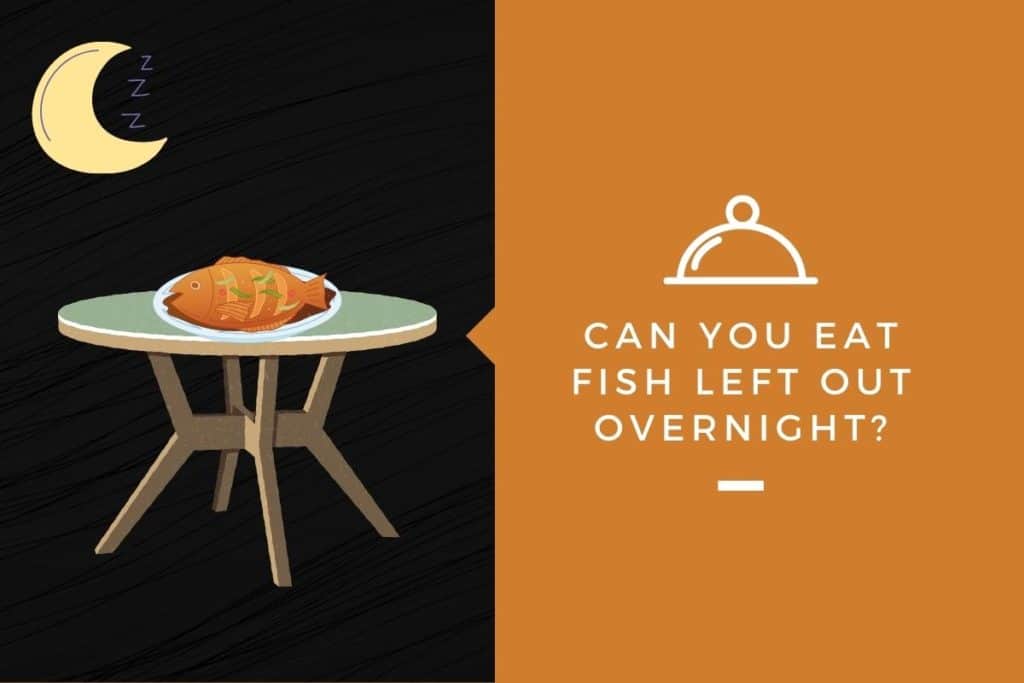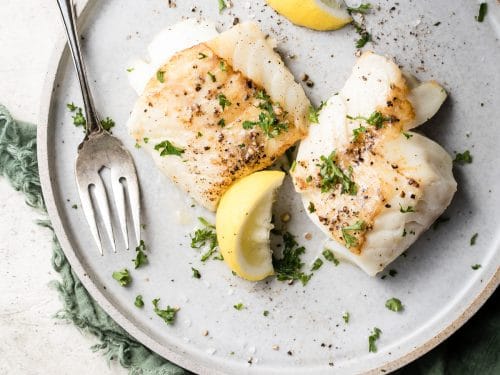Cooking is an essential part of our lives, and we utilize various cooking methods to prepare delicious meals. Steaming and boiling are two crucial cooking techniques that people use to cook foods. These cooking methods are incredibly convenient and straightforward, but they differ from each other in many ways. In this article, we will explore the differences between steaming and boiling, as well as the advantages of each cooking method.
## Definition and Overview of Steaming
Steaming is a cooking technique that uses steam to cook food. It is a gentle and healthy cooking method that involves no fats or oils and does not require the food to be submerged in water. Steaming allows food to retain its natural flavor and texture better than other cooking methods.
### Equipment Used in Steaming
To steam food properly, you need specific equipment, including:
– A steaming basket
– A bamboo steamer
– A tiered steamer
– A pressure cooker with a steamer basket
These tools help produce a consistent flow of steam to cook your food expertly. The advantage of using steamers is that they are affordable, versatile, and easy to clean.
### Examples of Foods Cooked by Steaming
Vegetables are excellent candidates for steaming because it maintains their crunchiness and color. Other foods you can steam include fish, dumplings, poultry, eggs, and rice. When preparing these foods for steaming, ensure that they fit into your steamer basket or on your bamboo rack without overcrowding.
## Definition and Overview of Boiling
Boiling is a common cooking technique that requires submerging food in boiling water until it is thoroughly cooked. It is one of the quickest and easiest ways to cook food, but it may also result in nutrient loss.
### Equipment Used in Boiling
You need certain basic tools when boiling food; these include:
– A pot large enough to hold your ingredients
– A strainer
– A colander
These tools are affordable, versatile, and easy to clean.
### Examples of Foods Cooked by Boiling
Boiling works well for foods that require to be cooked quickly, such as pasta, potatoes, vegetables, eggs, and sauces. Before boiling these foods, make sure you have adequate water heated to the right temperature.
## Differences Between Steaming and Boiling
Steaming and boiling differ in several ways:
### 1. Heat Transfer Speed
Steaming is faster than boiling because the heat transfer speed is high. Steam quickly gets into the food, making it cook in minutes or seconds if it’s thin.
### 2. Nutrient Retention
Steaming retains more nutrients than boiling because boiling can leach out vital nutrients like vitamins B and C. Since steaming uses hot steam instead of boiling water, it doesn’t cause nutrient loss making it an excellent way to prepare healthy meals.
### 3. Texture And Flavor
Steamed food has a chewy texture and a rich flavor resulting in a better culinary experience than boiled food. On the other hand, boiled food has a softer texture but may lack the complexity of flavor.
### 4. Cost-Effectiveness
Boiling is more cost-efficient than steaming; however, this may depend on the amount of energy used to heat your stove. Steaming requires meticulous preparation procedures and equipment which might be costly initially but worth it in the long run.
## When To Use Each Cooking Method
The choice between steaming or boiling depends on several factors such as;
1. Time available – Steaming is quicker and more convenient when you are short on time since it requires minimal preparation steps.
2. The type of food being cooked – Foods that require minimal cooking like tender vegetables are better steamed while denser ones like potatoes or carrots need boiling.
3. Personal preferences – Whether you prefer chewy or softer texture and a more potent flavor between the two is up to you.
## Conclusion
In conclusion, both steaming and boiling are fantastic cooking methods that create scrumptious meals. However, they differ in nutrient retention, heat transfer speed, texture, flavor and cost-effectiveness. Choosing which method to use may depend on many factors such as time availability, type of food being cooked and personal preferences. We hope this article has proven invaluable in helping you differentiate between these two important cooking techniques. Choose wisely!
Frequently Asked Questions
How exactly is boiling different from steaming?
Boiling involves immersing food in boiling water and cooking it until it’s tender. Steaming, on the other hand, involves cooking food over boiling water without actually immersing it.
Is one method of cooking healthier than the other?
Steaming is widely considered a better method of cooking because it preserves more nutrients in the food. Boiling, on the other hand, can leach out some vital nutrients like Vitamin C and B-vitamins.
What type of food is best suited for steaming?
Steaming works well with delicate foods like fish, veggies, and certain meats like chicken breasts. But even heartier foods like potatoes and dumplings can be steamed to perfection!
Can you steam food with any type of cookware?
Yes, you can steam food with a wide variety of cookware – from bamboo steamers to stainless steel ones that fit over your standard pot. You can even use makeshift steamers at home by placing a metal colander or sieve over a pot of boiling water!







